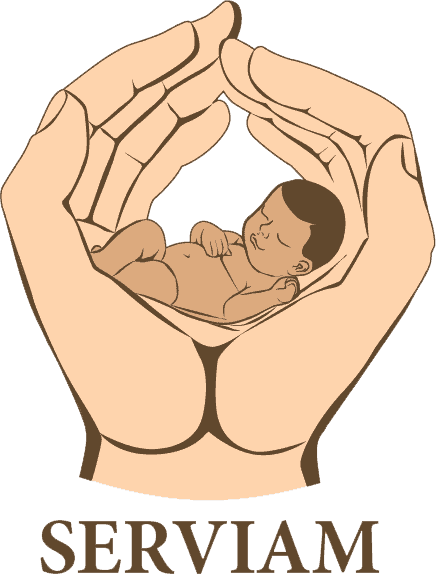Serviam Ltd Promoting Breast Health in trinidad and tobago
Tips for Self-Examination at Home and Recognizing the Warning Signs.
At Serviam, we are dedicated to empowering women with educational information about their bodies and working together towards achieving optimal health and well-being here in Trinidad and Tobago. Breast health and awareness particularly, is essential to all women and requires special supervision and care. According to statistics, breast-related issues affect many women. Thus, emphasis is placed on the early detection of likely issues as this is crucial to effective treatment and achieving the best positive outcomes. In this blog post, we will discuss the importance of breast self-examinations and explore identifying the potential warning signs.
Why Self-Examine?
Early detection plays a key role in having a better chance of survival when treating cancer. This is the case as cancers diagnosed at an earlier stage have a better prognosis and are easier to treat.
It goes without saying that breast self-examination is the most convenient and economical form of screening. We encourage women to familiarize themselves with their breasts and become more attuned to any changes. This can be beneficial to those in low-resource communities where easy access to mammography may be limited.
Tips for Breast Self-Examination and Potential warning signs:
1. Visual Inspection: Begin by standing in front of a mirror with your shoulders straight and your arms on your hips. You can now examine your breasts for any visual changes.
Here is what you should look for:
•Differences in size, symmetry and colour
•Redness, swelling, rashes or soreness.
•Nipple changes (changes in position or an inverted nipple)
•Bulging or dimpling of the skin
2. Palpation Technique: Begin by standing or sitting. Using the pads of your fingers, gently explore your breasts in a circular motion. Follow a pattern to be sure you cover the whole breast, from top to bottom, side to side, from your collarbone to the top of your abdomen and from your armpit to the top of your breast.
Here is what you should look for:
•Unusual lumps
•Thickening of the skin
•Changes in texture
3. Lying Down Examination: Begin by lying down then repeating the palpation technique. You can look out for the same changes as well. The lying down position allows for better exploration of the entire breast region.
Remember, consistency is key. The more you examine your breasts, the more it becomes easier to identify possible changes. Try to get yourself and your loved ones in the habit of performing your breast self-examination at the same time once a month to familiarize yourself with how your breasts normally look and feel. This can help you help identify possible changes more effectively. Maintaining a healthy lifestyle with regular exercise and a balanced diet can significantly contribute to reducing the risk of breast-related issues.
Contact Serviam to make an appointment to visit our clinic in San Fernando Trinidad for services from our team specializing in: OBGYN, Paediatrics, General Surgery, Urology, Dietetics, Medico-Legal Services and more.
